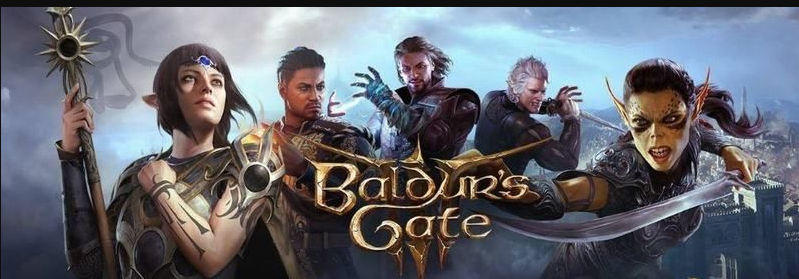
Baldur ‘s Gate 3 – Complete Guide with Pictures and Story Baldur’s Gate 3 is a game developed by Larian StudiosIt is a fantasy adventure RPG produced and released by , and it is also the latest work in the legendary Baldur’s Gate series. As one of the earliest RPG games, Baldur’s Gate has a huge impact and milestone significance worldwide, setting a benchmark for the entire RPG game industry. More than 20 years have passed since the last game Baldur’s Gate 2. The latest sequel of this legendary series once again provides us with an epic adventure chapter in the world of Faerun. Let us join hands to enter a new legendary journey!
Game Name: Baldur’s Gate 3
Game type: Role-playing (RPG) game
Game production: Larian Studios
Game publisher: Larian Studios
Game platform: PC
Release date: Oct 6th, 2020

Minimum Requirements
Requires a 64-bit processor and operating system
Operating system: Windows 10 64-bit
Processor: Intel i5-4690 / AMD FX 4350
Memory: 8 GB RAM
Graphics: Nvidia GTX 780 / AMD Radeon R9 280X
DirectX Version: 11
Storage: 150 GB of free space required
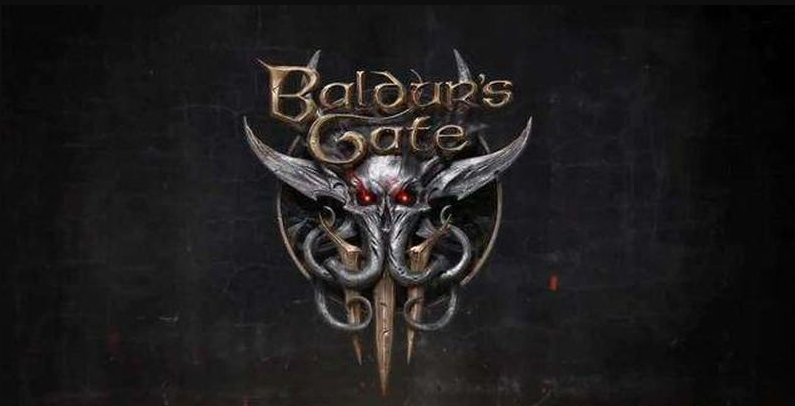
Recommended Configuration
Requires a 64-bit processor and operating system
Operating system: Windows 10 64-bit
Processor: Intel i7 4770k / AMD Ryzen 5 1500X
Memory: 16 GB RAM
Graphics: Nvidia GTX 1060 6GB / AMD RX580
DirectX Version: 11
Storage: 150 GB of free space required
Game Mode
This game has multiplayer online mode and single-player mode.
Players can create different archives for archiving, and have completely independent archive files, which can facilitate management and subsequent mod testing.
Background
The mind flayers travel between different planes in huge warships.
They capture life and use the larvae to corrupt it.
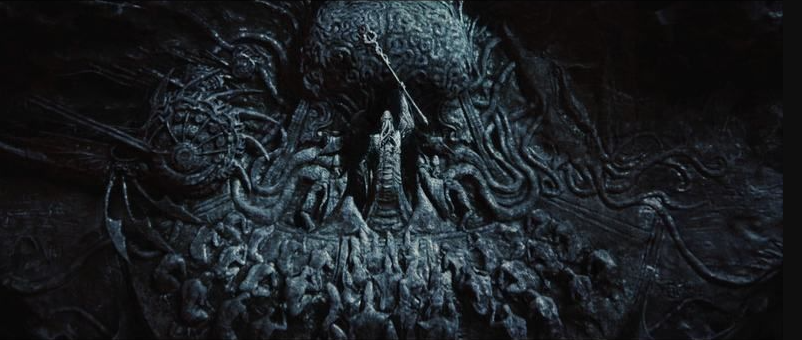
The protagonist also cannot escape the fate of being eaten by larvae.
These bugs that burrow into the eyes will eventually take over the beings completely, transforming them into mind flayers.
Fortunately, the battle between the demons and the mind flayers gave the protagonist an opportunity to take advantage of, and the story begins from then on.
1. Getting Started Guide
1. Verification
First, let’s define the rules of dnd. Although it is very simple and crude, it is just a game of rolling dice.
No matter what you want to do, you need to roll the dice to see whether it is successful, or what effect it produces. Rolling the dice is called – verification.
Your various attribute enhancements, various equipment props, and various operations are all for one purpose – to pass the test or to make the test have a good result. Understanding this premise will allow you to understand the rules.
There are three types of checks: ability checks, immunity checks, and attack checks. Let’s take the ability check as an example.
When you want to do something, such as investigating a pool, you need to perform an ability check, specifically the intelligence check in the ability, which has several elements:
Difficulty level: Equivalent to the difficulty of the test. In this example, you need to understand the condition of the pool, so the difficulty level is 10.
Dice: Checks are made with a 20-sided dice, called a d20, and a pass is considered a result if the roll is greater than or equal to the difficulty level.
Bonus: Of course, it doesn’t mean that you can just rely on the dice and leave it to fate. You can also add a lot of bonuses to adjust the results. For example, if you make an intelligence test, the intelligence value can be added to the result. I am very sad here. The intelligence bonus is negative, that is, it is a deduction, and it is also “added” to the result. In other words, even if I roll 10, the final result is 10-1=9, which still fails the test.
So, if you want to pass the test, there are several ways –
Choice: There are often different ways to achieve a goal, some are simple and some are difficult. In other words, when the benefits are equal (this is very important, many times different choices will result in different benefits, and the process and results will also be different), you should try to choose a method with a lower difficulty level to achieve the goal. For example, if the difficulty of unlocking is 20 and the difficulty of smashing is 15, then it is obviously easier to choose to smash. This requires that your team should have people with various abilities as much as possible, so that you have ample room for choice.
Strengthening: If you can’t choose the difficulty, you have to strengthen the corresponding ability by strengthening the attributes, equipment, magic, and temporary props. For example, if you have the same strength bonus of 10, it will definitely be much easier than 2. This also involves the team issue. Try to have all kinds of “big guys” in the team.
God’s will: In the end, it’s God’s will. Even if you have everything prepared, you can’t beat the dice rolling 1, hahahaha.
What can you get after passing the test? Sometimes it is an item, sometimes it is experience, sometimes it is mission information, sometimes it is a fierce attack, sometimes it is a clever dodge, it’s all kinds of things. As I said before, this is a dice game, and the world is determined by the dice.
For example, when you inspected the pool just now, you passed the Intelligence test and found that the outer shell of the pool was fragile. This is the information obtained from the test, and you will realize that it is better not to touch it.
This kind of test will make you feel involved, and enable you to analyze and judge, thus increasing the fun.
If you don’t believe it, well, the broken pool will knock you down and you will be hurt.
In short, choose the right person to pass the right test, and you will get the reward you deserve!
In addition, some tests are completed passively, that is, they are performed automatically.
For example, a Perception check can allow you to discover some hidden details.
This type of passive check directly takes 10, which is equivalent to you rolling the dice, the result is 10, and then adding the corresponding bonus.
(So it is important to have a companion with a high Perception check, so that you can find useful information, places, and items along the way.)
The order in battle is also the result of agility + initiative ability test, which is equivalent to giving everyone an agility initiative test, and those with the higher result will act first.
At the same time, there will be hiding and perception checks during combat, and if you fail to detect the enemy, you will be ambushed.
The character being ambushed cannot act in the first round.
Attacks and damage are also the result of checks.
When attacking, roll a 20-sided dice, add proficiency, attributes, etc., and compare it with the opponent’s AC (armor level). As long as it is not lower than its AC, you can hit the opponent.
If you pass the saving throw, you may not take any damage or take less damage, or be immune to or mitigate some negative effects. For example, if you pass the agility saving throw, you avoid the damage from the trap.
2. Attributes/Bonuses
We often mentioned bonuses (deductions) in the previous section, so where does this bonus come from?
Bonuses can come from attributes, proficiency, level, equipment, magic, items and various effects.
One of the most important basic sources is attributes.
Each attribute starts at 10 points, and each increase of 2 points gains a 1-point adjustment bonus (or vice versa).
For example, a Strength of 14 corresponds to a +2 modifier, while a Strength of 18 corresponds to a +4 modifier. These modifiers are bonuses/minus.
These additions (subtractions) provide bonuses (deductions) during the check – added (subtracted) to the player’s roll (dice roll) result.
(Note that the attributes marked with an asterisk are the key attributes of the profession.)
strength
Affects jump distance and weight.
More importantly, the Strength modifier affects the hits and damage of attacks (strength weapons).
Affects Athletics checks.
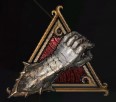
constitution
Affects upper limit of health.
Affects the judgment based on the constitution (note that in fact most judgments are based on various basic attributes, such as strength, agility, intelligence, etc.).
intelligence
Affects the spells available and the chance of spell success (DC, the difficulty level when an opposed determination is required).
Affects Arcana, History, Investigation, Nature, and Religion checks.
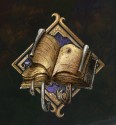
Perception
Spellcasting properties for druids, rangers, and priests.
Also affects Perception, Healing, Survival, Insight, and Animal Handling checks.
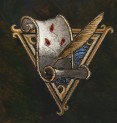
charm
The spellcasting properties of a bard, paladin, sorcerer, or warlock.
Tend to negotiation and control ability.
Affects Deception, Intimidation, Performance, and Persuasion checks.
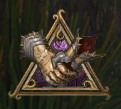
Currently, when creating a character in the game, a single attribute cannot exceed 15, and there are two additional points.
One has a 2-point bonus and the other has a 1-point bonus, and players can divide them into two attributes.
That is, the main attribute can reach 17, and another important attribute can reach up to 16.